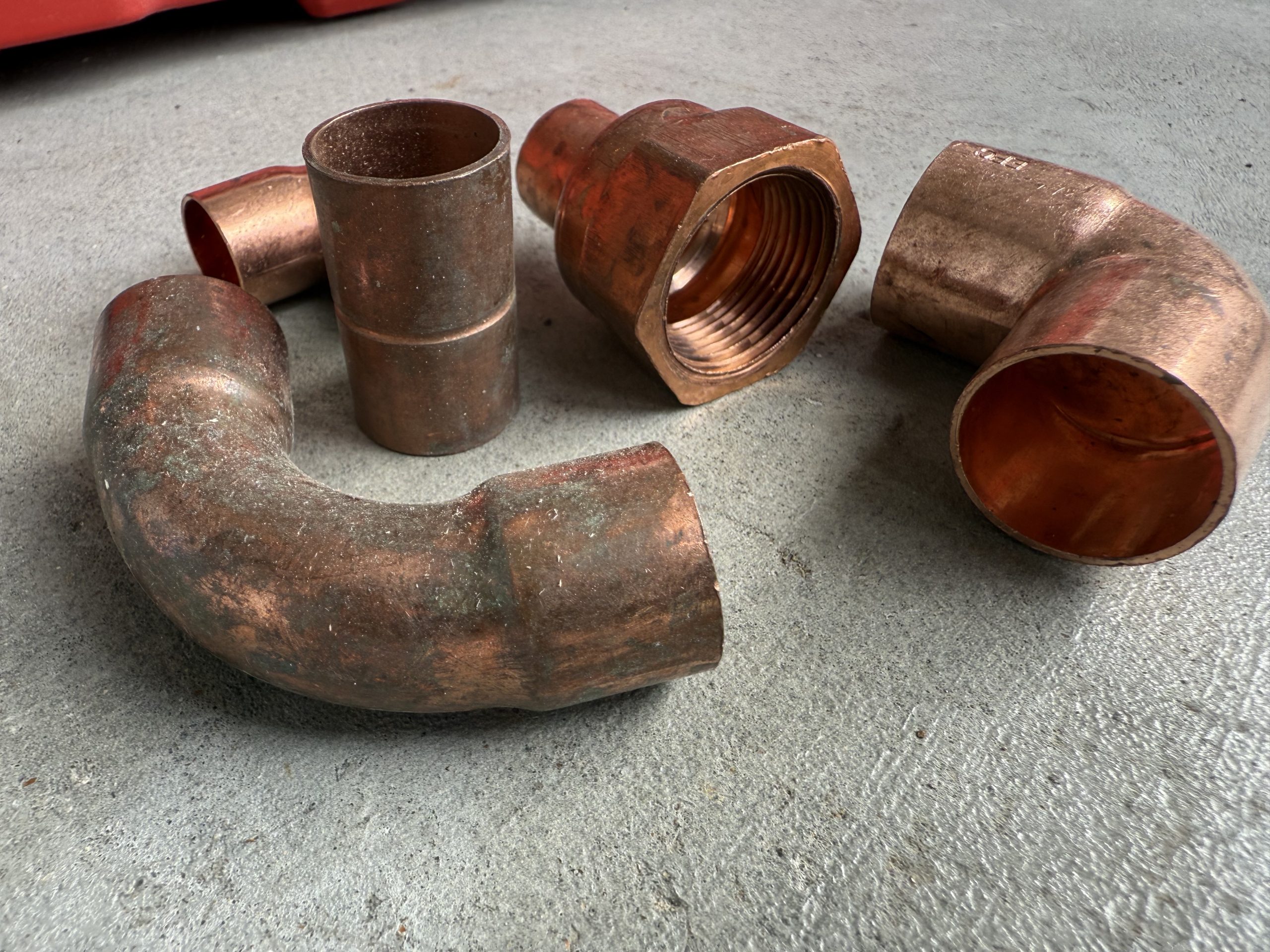
Residential plumbing systems rely on a variety of pipes to deliver water, remove waste, and maintain the functionality of homes. Understanding the different types of pipes used in residential plumbing can help homeowners, contractors, and DIY enthusiasts make informed decisions when it comes to repairs, renovations, or new installations. In this article, we will explore the most common types of residential pipes, their materials, applications, and considerations for choosing the right pipe for your plumbing needs.
- Copper Pipes: – Copper pipes are a popular choice for residential plumbing due to their durability, corrosion resistance, and long lifespan. They are commonly used for both hot and cold water supply lines, as well as for residential water distribution systems. Copper pipes are known for their reliability and ability to withstand high water pressure.
- PEX (Cross-linked Polyethylene) Pipes: – PEX pipes are flexible plastic pipes that have gained popularity in residential plumbing systems due to their ease of installation, resistance to freezing, and affordability. PEX pipes are commonly used for water supply lines, radiant floor heating systems, and potable water distribution. They are available in different colors to distinguish between hot and cold water lines.
- PVC (Polyvinyl Chloride) Pipes: – PVC pipes are rigid plastic pipes that are commonly used for drain, waste, and vent (DWV) systems in residential plumbing. They are lightweight, cost-effective, and resistant to corrosion and chemicals. PVC pipes are suitable for non-pressure applications such as drainage, sewer lines, and vent pipes.
- CPVC (Chlorinated Polyvinyl Chloride) Pipes: – CPVC pipes are a variation of PVC pipes that are chlorinated to increase their temperature and chemical resistance. CPVC pipes are commonly used for hot water supply lines, residential sprinkler systems, and other applications where higher temperatures are a concern. They are easy to install and durable for long-term use.
- Galvanized Steel Pipes: – Galvanized steel pipes were commonly used in older homes for water supply lines before the advent of copper and plastic pipes. While durable and strong, galvanized steel pipes are prone to corrosion and rust over time, leading to reduced water flow and quality. They are still found in some residential plumbing systems but are being replaced by more modern materials.
- PE (Polyethylene) Pipes: – PE pipes are flexible plastic pipes that are commonly used for underground water supply lines, irrigation systems, and outdoor plumbing applications. They are resistant to chemicals, abrasion, and corrosion, making them suitable for outdoor use. PE pipes are available in different grades and thicknesses for various applications.
- ABS (Acrylonitrile Butadiene Styrene) Pipes: – ABS pipes are black plastic pipes that are commonly used for drain, waste, and vent systems in residential plumbing. They are lightweight, durable, and resistant to chemicals and impacts. ABS pipes are easy to install and suitable for non-pressure applications such as drainage and sewer lines.
When selecting the right type of pipe for your residential plumbing needs, consider factors such as material compatibility, water pressure requirements, temperature considerations, local building codes, and the specific application of the pipe. By understanding the characteristics, advantages, and limitations of different types of residential pipes, you can ensure the efficiency, reliability, and longevity of your plumbing system. Whether you are repairing a leak, upgrading your plumbing, or planning a new construction project, choosing the appropriate pipe material will contribute to the overall performance and functionality of your residential plumbing system.
Cedar HillSt. LouisJefferson CountyOlivetteKirkwoodBallwinArnoldFranklin CountySt Charles CountyFentonHigh RidgeDittmerCreve Coeur
